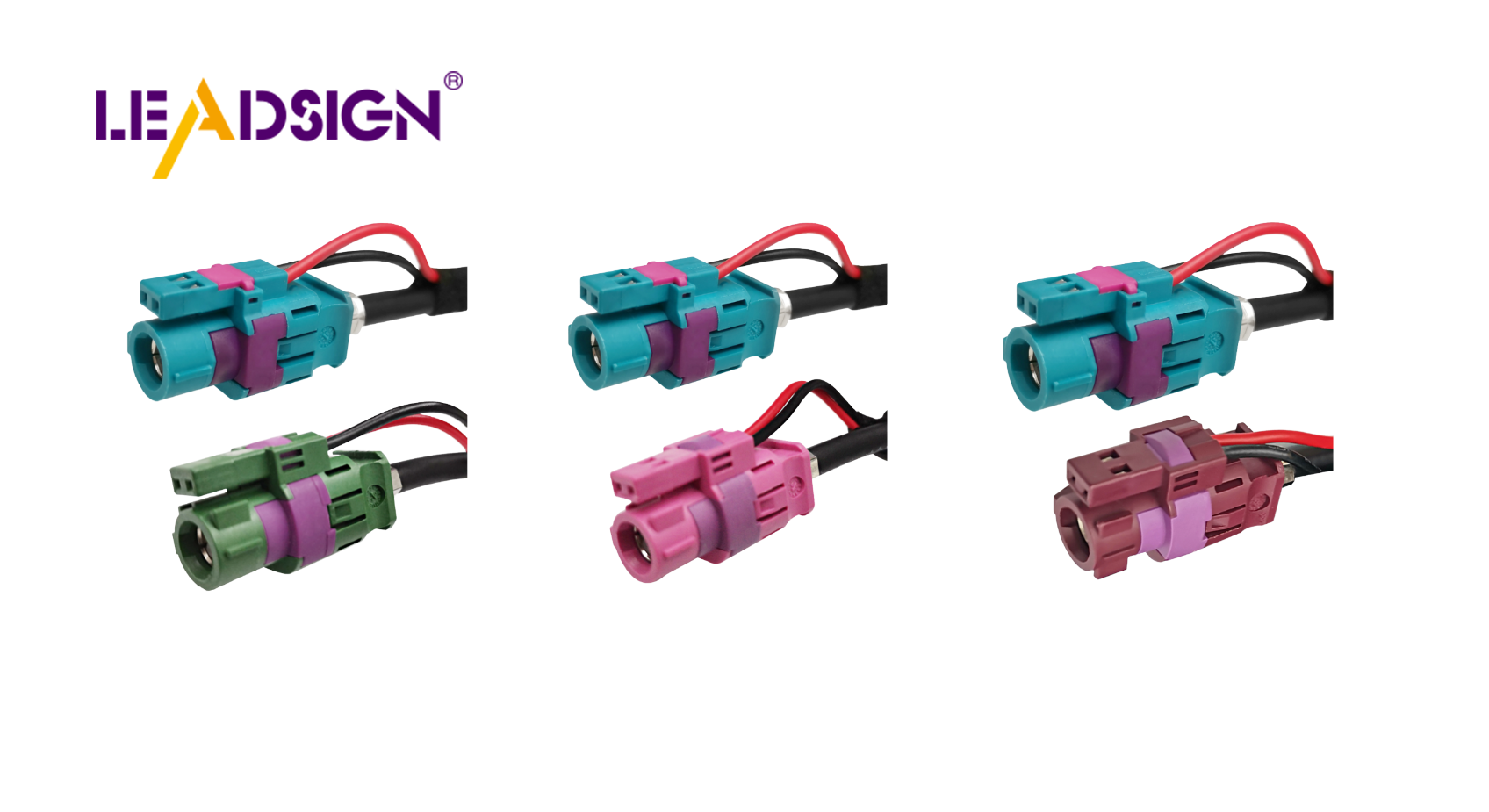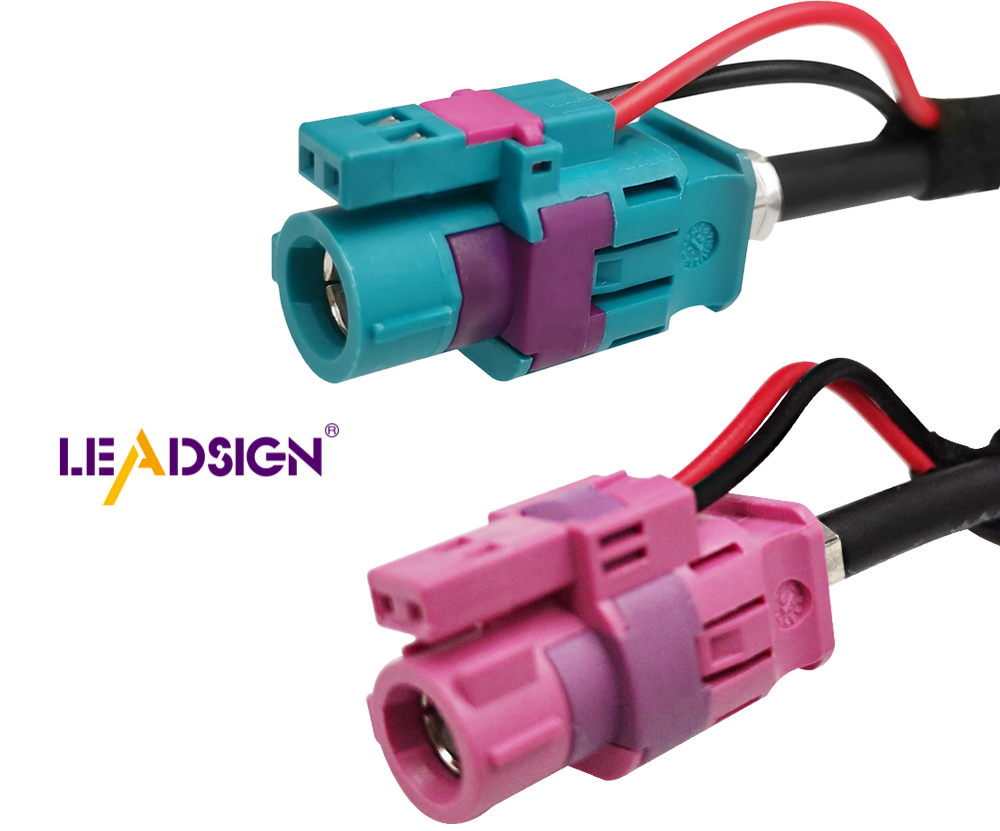Understanding Vehicle Cable Safety and Performance Testing

Testing vehicle cables is very important for safety. These cables help with things like controlling speed, using the clutch, braking, and changing gears. If we don't test cables, bad things can happen. This includes electrical problems and making the car unsafe. Cables often fail in military and space uses, showing why testing is needed. By testing cables, we keep the car and people safe. This makes driving safer for everyone.
Key Takeaways
Regular testing of vehicle cables is crucial for safety, preventing electrical issues and ensuring reliable performance.
Mechanical tests, such as tensile strength and flexibility testing, help determine if cables can withstand everyday use without breaking.
Environmental tests assess how cables perform under various weather conditions, ensuring they remain functional in extreme temperatures and moisture.
Life cycle tests evaluate the durability and longevity of cables, helping predict their lifespan and reliability over time.
Following industry standards like ISO and SAE is essential for ensuring cable safety and performance, reducing the risk of failures.
Early detection of cable issues through testing can significantly lower repair costs and enhance vehicle performance.
Implementing regular cable testing not only keeps vehicles safe but also ensures compliance with safety regulations, protecting both drivers and passengers.
Types of Vehicle Cable Tests

To keep car cables safe and working well, you need to know about different tests. These tests check if cables can handle tough conditions and work right in your car.
Mechanical Tests
Mechanical tests check how strong car cables are. They mimic real-life situations to see if cables can handle daily use.
Tensile Strength Testing
Tensile strength testing checks how much force a cable can take before it breaks. This test shows if the cable is strong and won't snap easily.
Flexibility and Bend Testing
Flexibility and bend testing see if a cable can bend without breaking. Cables should bend and move without damage, especially in tight spots.
Environmental Tests
Environmental tests check how cables work in different weather. They show how cables react to heat, cold, and wetness.
Temperature Resistance Testing
Temperature resistance testing puts cables in hot and cold places. This test checks if cables still work in any weather.
Moisture and Corrosion Testing
Moisture and corrosion testing see if cables can resist water and rust. This test helps find weak spots and make cables better.
Life Cycle Tests
Life cycle tests look at how long cables last. They help guess how long a cable will work well.
Durability and Longevity Testing
Durability testing checks if cables can handle wear over time. This test makes sure cables last long and work well.
Fatigue Testing
Fatigue testing sees how many times a cable can bend before breaking. This test ensures cables stay strong with repeated use.
Doing these tests makes sure car cables are safe and work well. Regular testing stops big repairs and keeps cars ready for the road.
How to Test Vehicle Cables
Knowing how to test cables is key for safety. It helps find problems early and keeps your car's wires working well.
Getting Ready
Before testing, you need to get ready. This makes sure tests are right and true.
Picking and Cleaning Samples
First, pick cable samples that show how they are used in your car. Clean them well to remove dirt. This step makes sure the test is fair.
Setting Up Tools
Next, set up your tools right. Follow the guide to make sure they work well. This helps you get correct results.
Doing the Tests
Once ready, start testing. Follow steps to check how cables work.
Testing Steps
Do each test carefully. For strength, pull the cable until it breaks. Write down the force it takes. For bending, bend the cable many times and look for damage. Follow steps to keep tests the same and right.
Collecting and Checking Data
While testing, write down what you see. After tests, look at the data to find any problems. This helps you know how cables work and find weak spots.
By doing these steps, you make sure cable tests are good. Regular tests keep your car's wires safe and stop big problems.
Why Cable Testing Matters
Knowing why cable testing is important keeps your car safe. Testing car cables often makes sure they work right. This stops dangers and accidents. Finding problems early helps cables last longer. It also meets safety rules.
Keeping Safe
Safety is key for car cables. Testing helps with:
Stopping Electrical Problems
Testing cables well stops electrical problems. It finds cable issues that might cause trouble. Fixing these early keeps your car's electric parts working. This lowers the chance of sudden breakdowns.
Keeping People and Cars Safe
Testing car cables keeps people safe and cars strong. When cables are tested for strength, they handle daily use. This trust means your car stays safe for everyone inside.
Boosting Performance
Cable testing also makes your car work better. It helps with:
Making Electric Work Better
Good cables make your car's electric parts work well. They help power move smoothly, making your car's systems work better.
Cutting Repair Costs
Testing cables often cuts repair costs. Finding and fixing cable problems early stops big fixes. This saves you time and money later.
Rules and Guidelines
Knowing the rules for car cables is important. These rules make sure cables are safe and work well. By following them, you can trust your car's cables.
Industry Rules
Industry rules help check car cables. They make sure all cables are the same and work well.
Main Rules (like ISO, SAE)
Some main rules guide how we test car cables. The International Organization for Standardization (ISO) and the Society of Automotive Engineers (SAE) make these rules. They look at cable strength, bending, and weather resistance. By following these rules, makers ensure cables are safe worldwide.
Why Following Rules Matters
Following rules is key for car safety. When you follow them, you lower the risk of problems. This makes sure car cables work right and keep cars safe.
Checking and Approving
Checking and approving make sure car cables meet rules. This is important for cable safety and working well.
Approval Steps
Approval steps mean testing car cables a lot. These tests show cables are strong and work well. By getting approval, makers show they make good cables.
Good Things About Following Rules
Following rules has many good things. It makes car cables safe and strong. This stops big fixes and saves money. By following rules, you know your car's cables will work well for a long time.
Regularly checking car cables has many good points. It keeps your car safe by finding problems early. Following testing rules stops legal troubles and keeps you in line with laws. Testing finds cable issues, so you can fix them before they cause big problems. This saves time and money. Also, testing cables is a cheap way to make sure everything works well, stopping power cuts and money loss. By making cable tests a priority, you make your car work better and stay safe.
FAQ
What are the benefits of cable testing?
Cable testing has many good points. It finds problems in cables. This stops them from breaking. Testing helps fix things early. This means less time fixing and more time working. It keeps wires safe, which is very important for cars.
Why is periodic testing of cables important?
Testing cables often is very helpful. It stops long waits and big repair bills. It also follows rules, so no fines. Regular tests check if all devices work well. This keeps your car's wires ready for the future. It makes sure wires are safe and work well.
What are the main tests involved in cable testing?
Cable testing has different checks. These are Strength, Stretching, Aging, Heat, Oil, and Tear tests. Each test helps keep wires safe and working well.
Why is durability testing of automotive control cables important?
Durability tests for car cables are key for safety. They make sure cars work well by finding weak spots. By testing cables and following rules, cars stay safe and reliable.
Where is cable testing used?
Cable testing is used in making and fixing electric parts. It is in many places like home gadgets, big machines, space stuff, Army gear, and phones. The main aim is to make sure everything works right in these areas.
See Also
Maximizing Automotive Data Flow With Innovative Connectors
Boosting Vehicle Efficiency Using HSD to USB 2.0 Cables
Improving Data Transfer: Significance of High-Speed Connectors

